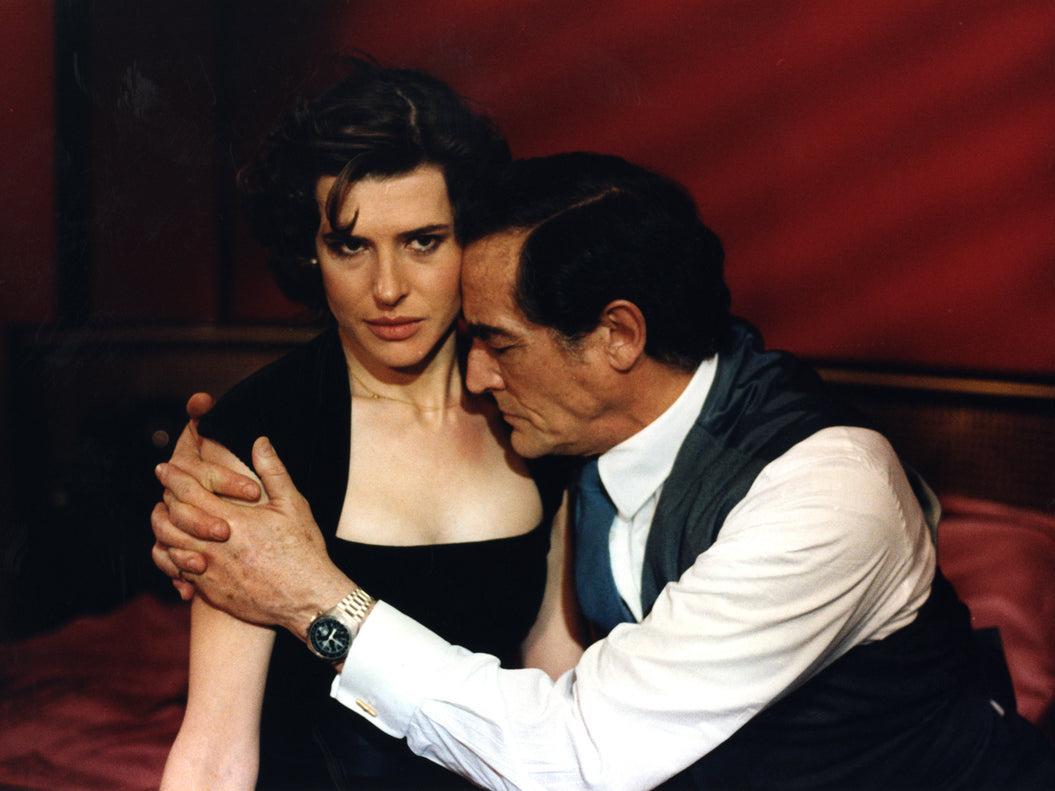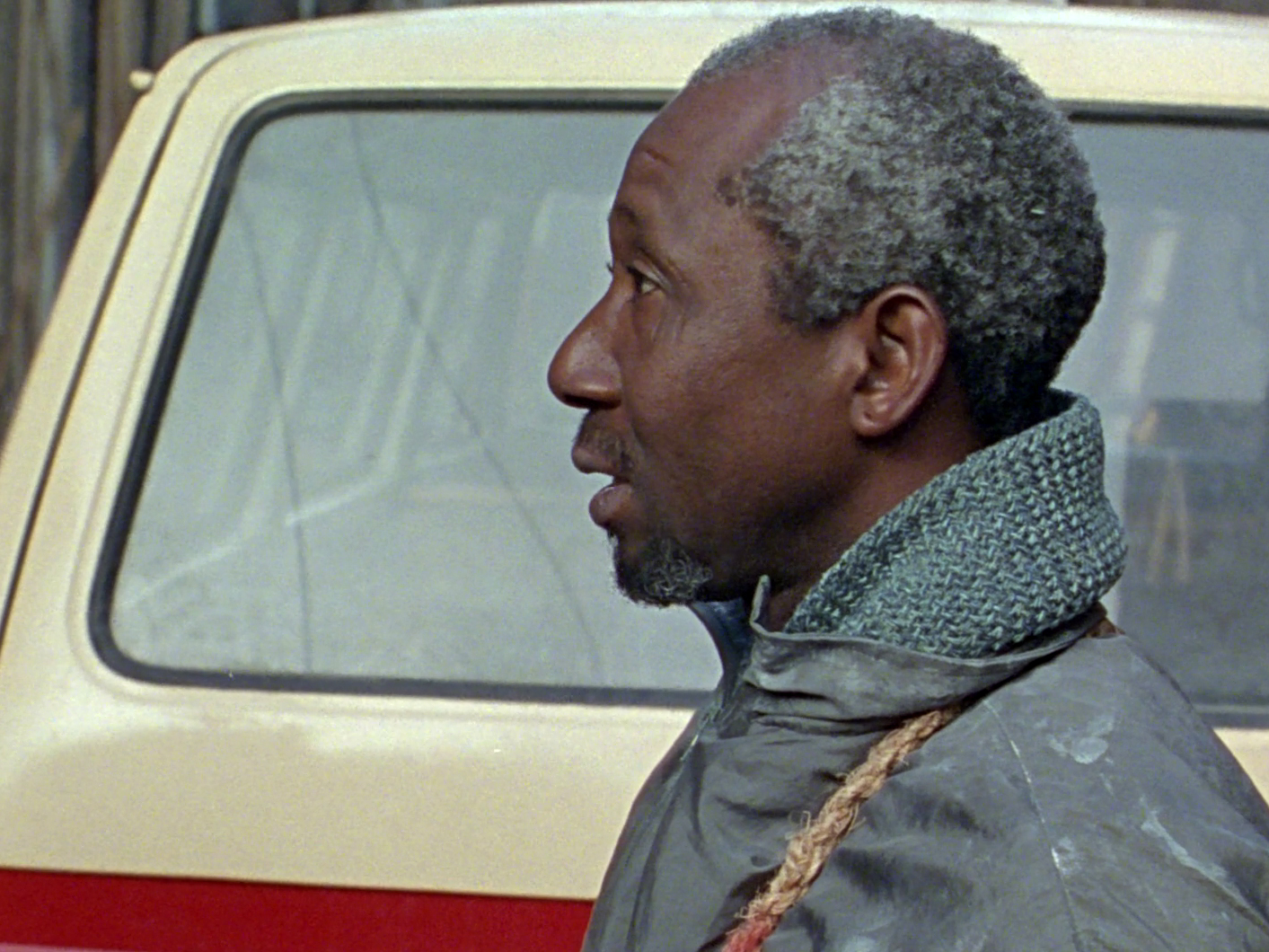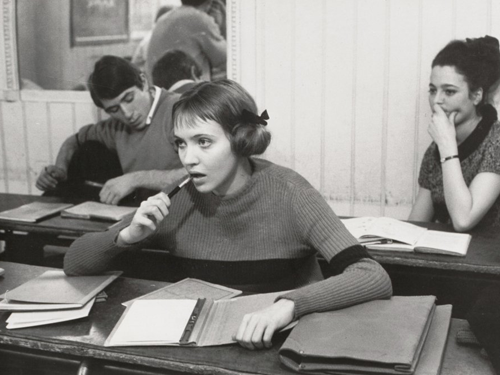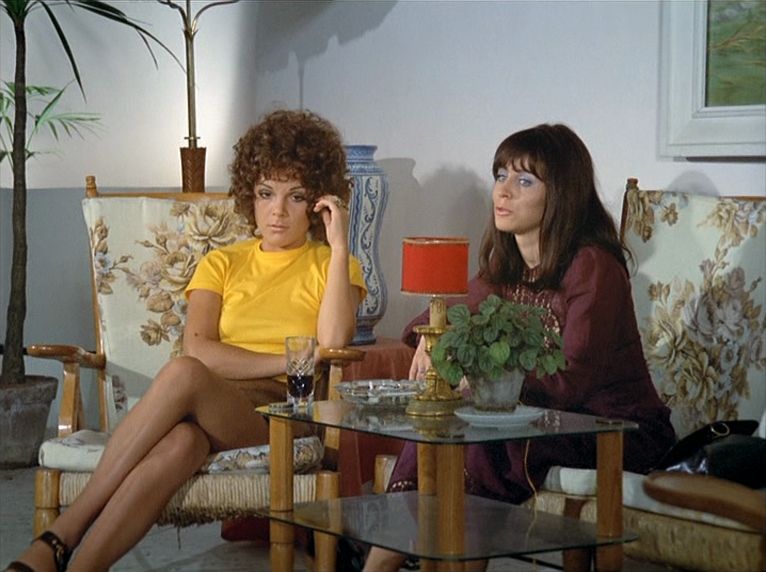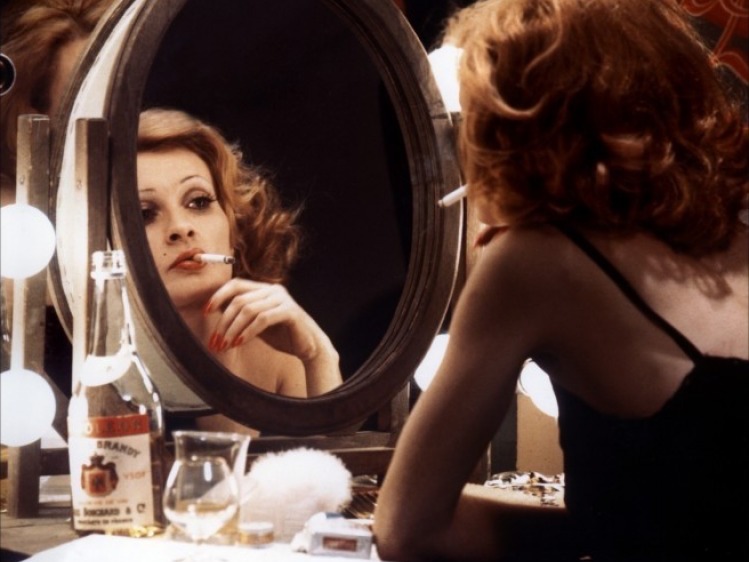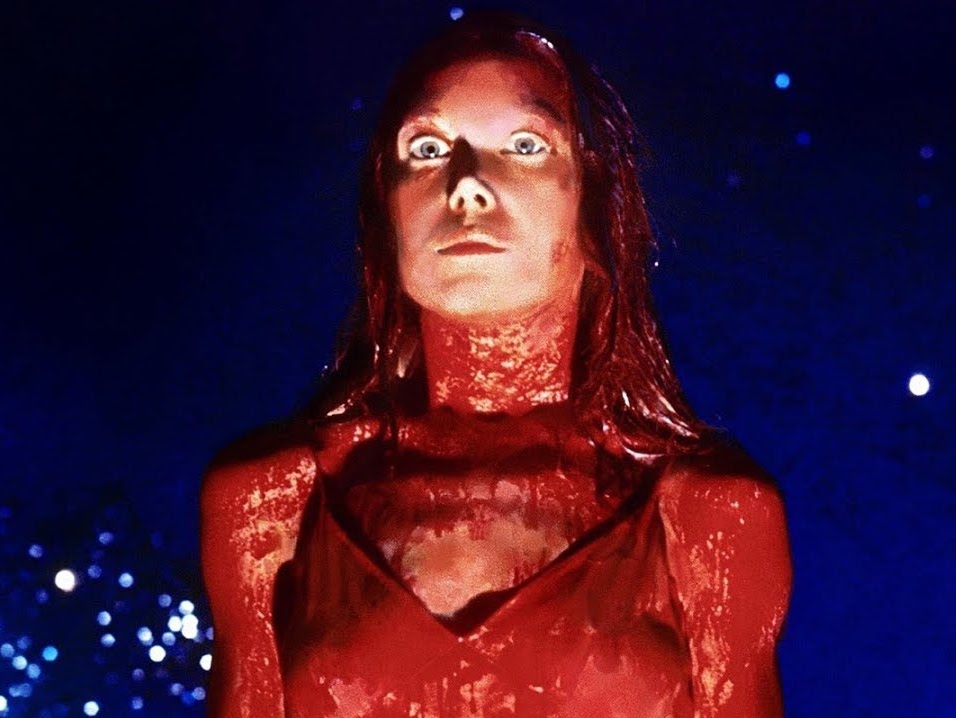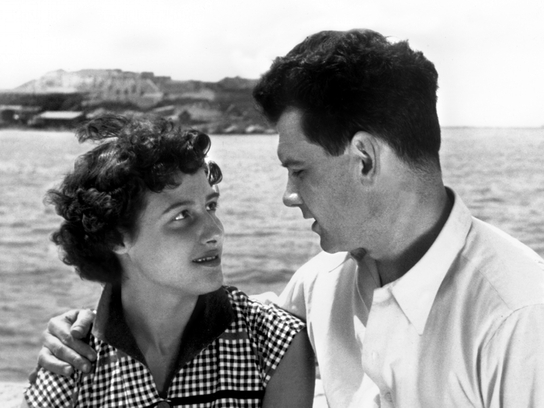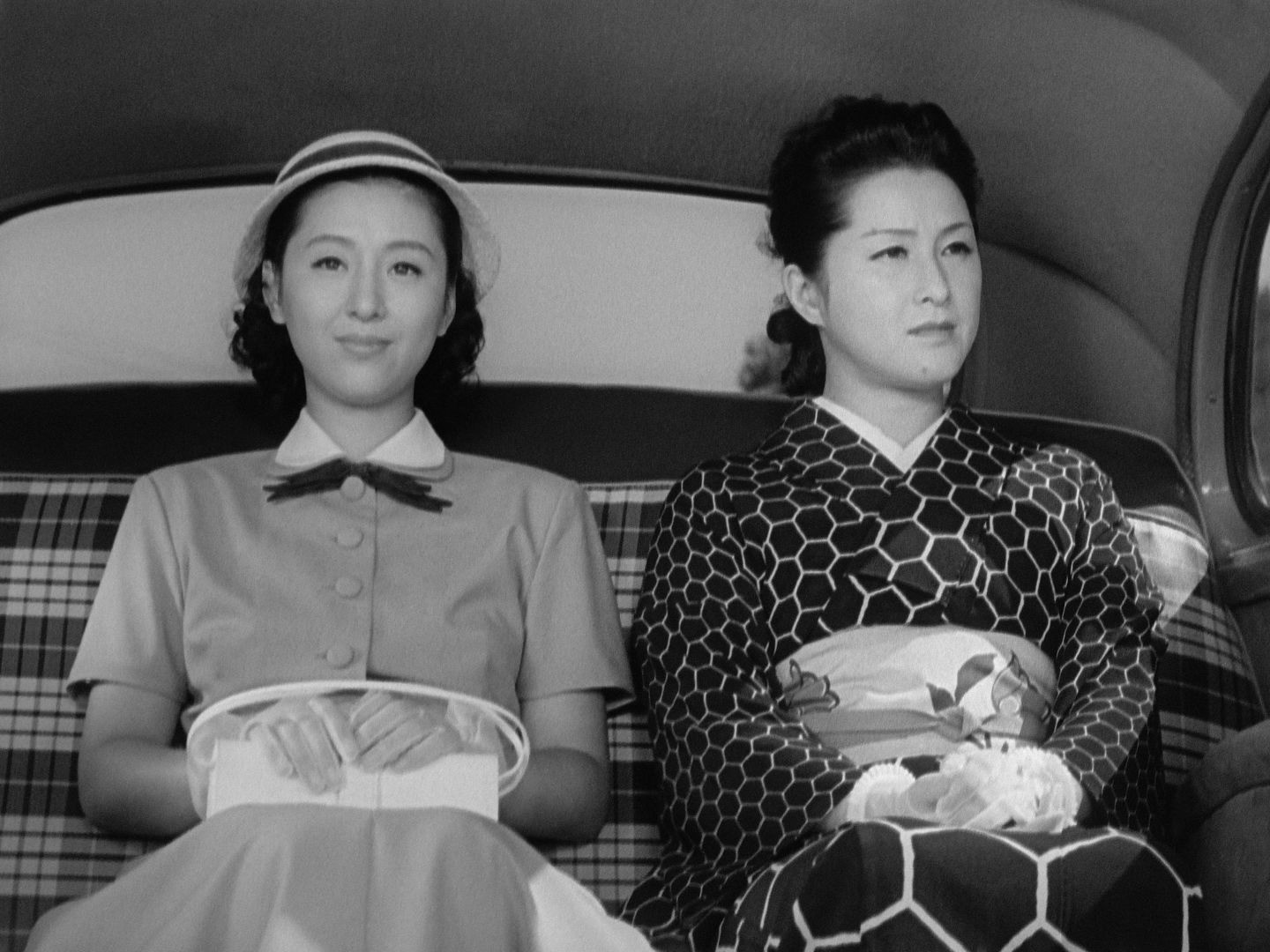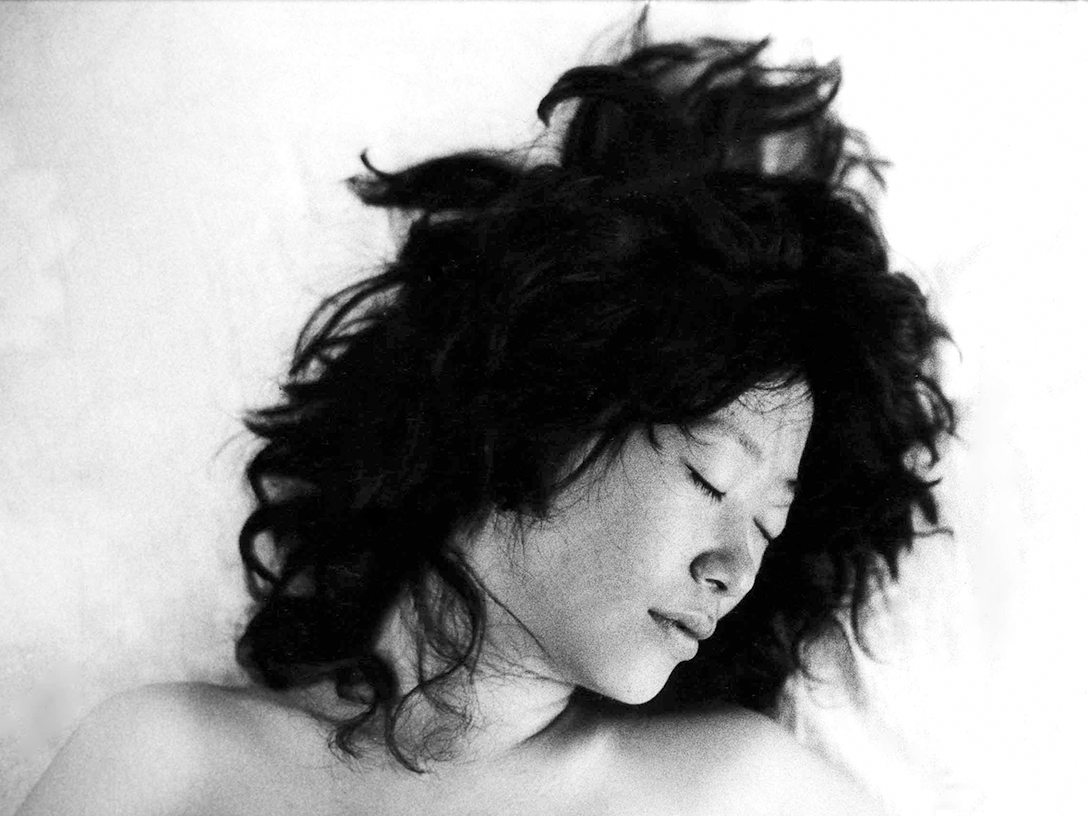Leaving Europe to look for Akiko, Jean-Noël discovers her city, the exotic Tokyo. A documentary on everyday life in Tokyo, its Kabuki theater, its nostalgic Takenokozoku dances, its thousands of suit-and-tie executives, its geishas, its Western style marriages, its tranquil green areas, its pulsating nightlife... Yet, the commentary, which deliberately often strays away from the images, throws into question the objectivity of the documentary film. Here, what we see is inseparable from the experience of its young maker as he cast a loving eye on a people and its culture.
“Satori Stress could be taken for a straightforward documentary on everyday life in Tokyo but for the commentary which, purposely counterpointing the images, immediately contradicts this impression. We are caught out by the apparent simplicity of the film but the words betray a latent subjectivity and establish a fictive discourse.
The presence in the film of the cameraman and the woman sound recordist could be seen as blatantly narcissistic if the presence of the woman, seen by the man with the camera, did not reflect upon the nature of the documentary.
Infatuated, the authors cast a loving eye on a whole people and a dying culture. The mask of deceptive superficiality is cast aside to reveal a living mystery - an almost human truth. That which is seen becomes inseparable from that which is lived; objectivity is put in question. But is the lived experience an absolute criterion? ‘Every statement implies its own opposite’ according to the Buddhist saying. And doesn't love also signify derision?”
Benoit Boelens
A Few Words of Introduction by the Director
Three strange events, which happened to me at different times in my life, come to mind. Two are connected with death, the third with love.
In the first, I am trapped on a high mountain, clinging to a rock, with night falling, unable to move forwards or backwards - at the slightest movement I make stones fall into the precipice right underneath me. In the second, I have a serious crash on a motorbike, just I am leaving an old place of pilgrimage where witches’ sabbaths used to be held. I can still remember the colour of the grass, which was a brilliant green. The mountainous, deserted place was lost in the mist of a tropical island.
In the last, I am in the Grand Place in Brussels where I meet Akiko. Akiko, a Japanese girl, is passing through Brussels to renew her visa. A few months later I decide, on the spur of the moment, to look for her in Paris. Five minutes after my arrival I find her.
At the end of the year Akiko returns to Tokyo and I decide to join her there. A month and a half later, I land in Tokyo for the first time in my life, with my Aaton and a hundred kilos of luggage... Since my return to Europe I have lost trace of her again. All I have left of her is this last postcard of an autumn landscape with a lake and a mountain in the background, dated the 17th September. Akiko writes that she is ill; that it's nothing serious and that I mustn't worry. She also says that she is not allowed to leave the hospital ...She wishes me strength and asks me “not to lose my head”.
From my first strange encounter I am left with the memory of fear, from the second with a broken collar-bone and from the third a film - called Satori Stress.
Brussels, December 18, 1983
Jean-Noël Gobron
“The starting point for this feature, shot entirely in Tokyo, was the encounter between its director, Jean-Noél Gobron, and a young Japanese woman Akiko Inamura, working for Japanese television in Brussels. This experience then directly inspired Gobron to sketch out a film which would tel the day-by-day story of an affair between an itinerant filmmaker and a television presenter in Tokyo. His approach to this filmic journal was to be fluid and hands-on, working like a painter, in small strokes: hence his refusal to write a fixed screenplay, allowing himself to construct the film ‘over the course of time’. Jean-Noél Gobron decided that shooting would proceed entirely along the lines of improvisation with a stripped-down crew, and then in post-production the footage was reworked and edited in collaboration with the writer Benoit Boelens. The film mixes two levels of writing – documentary and fiction - in a very personal manner. To the first register belongs the discovery of the different faces of a strange foreign country: brushes with traditional Japan in the shape of its theatre, temples, beliefs and philosophies; street-scenes of contemporary Japan, with hand-held camera... In the second register there unfolds the ephemeral story of a love affair, quietly, like a confidence whispered.”
Serge Meurant
“Deze film wordt omschreven als een docudrama. Halfweg de film verklaart de auteur toch liever geen klassieke documentaire te draaien. Hij twijfelt over de opnames die hij maakt. Die opmerking typeert de hele film. De meeste beelden geven zonder commentaar de indruk van een klassieke, zij het mooie documentaire over Tokyo te zijn. De tekst verloopt echter in contrapunt, geeft cynisch commentaar bij de beelden, beschrijft de teloorgang van een cultuur terwijl de beelden en de geluiden er de resten van tonen: theater, dans, klederdracht. Bij het prachtige gewoel in de metro van Tokyo leest Gobron ademhalingstechnieken voor, die tot het perfecte evenwicht, de rust moeten leiden. Het is de remedie tegen Satoristress. Wat deze film echter vooral tot een docudrama maakt is de intieme commentaar die Gobron over (het verlangen naar) zijn Japanse vriendin uit. De liefde voor Akiko is evengoed het thema van de film als hun liefde voor Tokyo en de Japanse tradities. Gobron toont ons een eigenaardige mengeling van morele normen: niets is zo gewoon als naakt in Japan, maar onder westerse invloed is seks commercieel en taboe geworden, zodat Gobron niet bij zijn lief mag slapen onder het Japans ouderlijk dak: eerst trouwen. Akiko voelt de kloof tussen hen beiden beter aan dan hij zelf, hij is een vreemde. De film eindigt waar Gobron Japan verlaat, Akiko achterlatend. Wat hij echter naar Europa meebracht is een overtuigende, trotse liefdesverklaring aan een vrouw en een land, die bovendien getuigt van een ongewone, intelligente kijk op een tanende cultuur.”
Johan De Vos


